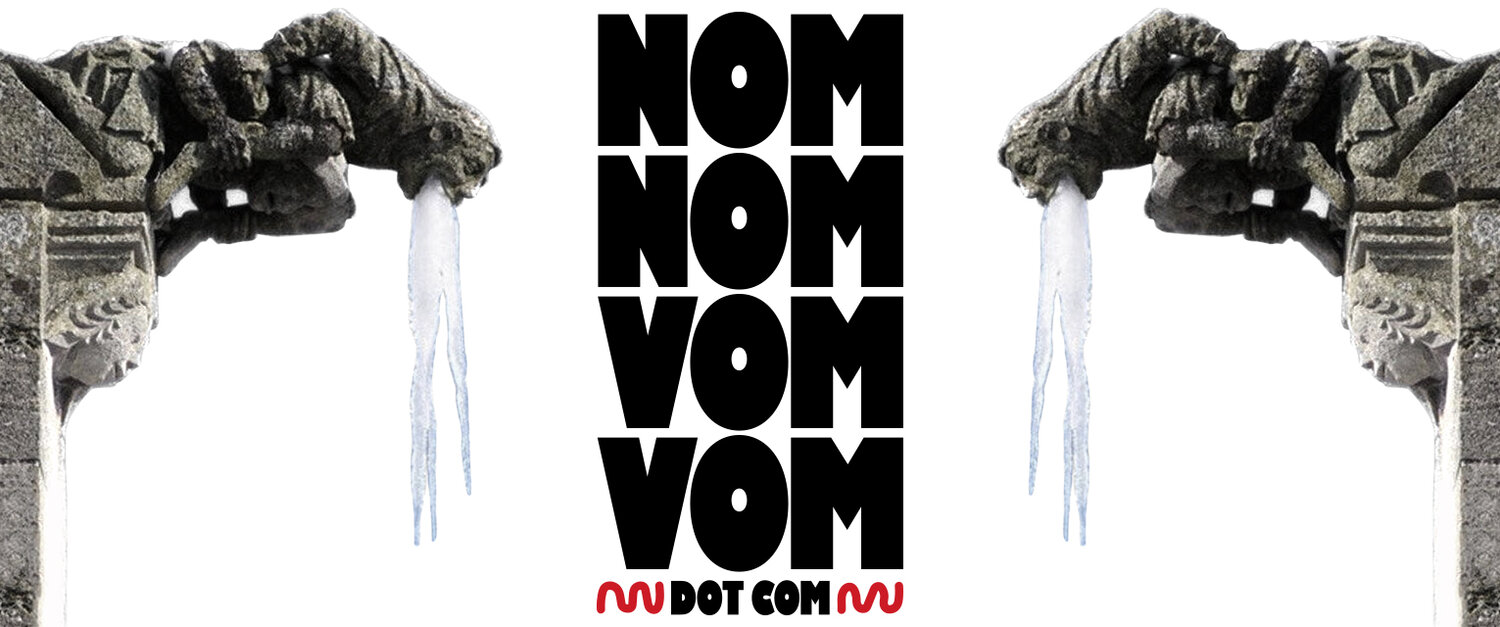On cutting boards
Cutting boards: what's the deal? Are wood ones really OK? Do I need 3 separate plastic ones for different food items, to be replaced when the number of knife cuts exceeds the area of smooth surface? Am I supposed to bleach them or just wash with soap and hot water?
I eat meat but mostly cook vegetarian so I’m unclear if this negates the need for extreme bleaching/multiples. Help! & thank you.
I understand your confusion. When I ran a food processing plant, the NYC Health Department chided our use of both plastic and wood cutting boards. Apparently our plastic ones were too worn out and the wooden ones didn’t have the right type of finish. If you try to cut vegetables in midair they don’t like that either.
In a Health Inspector's ideal world, every restaurant would have an array of plastic cutting boards color-coded to correspond with a specific food: red for raw meat, blue for seafood, green for vegetables. It would, in theory remind even the dumbest chef not to slice a kiwi on the same board he just used to scale a fish. This system makes sense in a food-processing environment with the capacity to feed (or sicken) thousands of people at a time. But you don’t need color-coordinated cutting boards in your home. I only have one cutting board in my home kitchen. It is wood.
Although plastic may seem more “sterile” wood cutting boards are slightly safer. Since trees can’t move, their evolutionary defenses are largely chemical. Wood is loaded with antibacterial and antiviral properties that helps protect trees from disease. Conveniently for us, these defenses remain intact when the tree is mercilessly reduced to a cutting board.
The drawbacks are that wood cutting boards may become warped in the dishwasher and they can get moldy if they’re not properly dried. I still prefer wood over plastic. It’s fun to watch the wood age and thin as millions of knife strokes pass across it.
Here’s what I suggest. If you use a cutting board for raw meat or seafood, put on a kettle of boiling water. As soon as you’re done cutting the food, throw the cutting board in the sink and dump the boiling water on it (might as well throw your knives and tongs in, too). The boiling water will sanitize your board on contact, slaying any lurking pathogens. Now you can immediately reuse the cutting board to slice lemons or whatever without fear of poisoning yourself.
As for knife marks: Over time, the knife marks in a cutting board create deeper and deeper grooves. And yes, those crevices can harbor bacteria growth. If you notice that your older cutting boards have become permanently stained with green and brown hues across the middle, this is the reason. Before dumping the board, try the boiling water method. If that fails, and the board is wood, you can sand it down to re-smooth the surface. Or just chuck it and get a new one.
+++++

